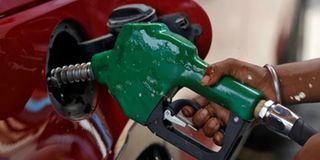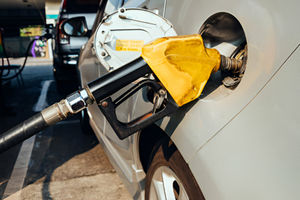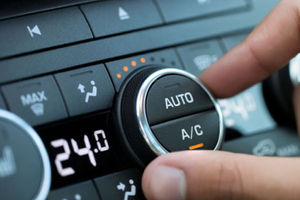
Hello Paul,
Why is my fuel consumption different from the figures in the vehicles handbook for urban cycles and highways?
HK
Hello HK, there are a few important reasons why the actual fuel consumption of your car may differ from the handbook figures for urban and highway cycles. The urban cycle of driving is where one drives in city traffic with typical slow crawl-ups, start stops, congestion and acceleration. The real-life driving conditions will vary from the manufacturer test results in the car handbook.
Your driving experience might involve more frequent stops and starts, which increase fuel consumption as the engine revs up whenever you start in low gear. The traffic congestion patterns differ and so does the length of idling time in fuel-thirsty low gear and high engine revolution bands. Your driving style will also come into play. Aggressive or faster acceleration and braking will demand more energy as you need lower gears and higher engine revs which increase fuel consumption.
During the highway cycle, you will be driving on freeways or highways at higher speeds with no congestion or slow traffic. However, in real-life driving situations, highway speed varies. On highways, you may sometimes meet congestion from crawling trucks that often require to be overtaken.
This calls for more aggressive acceleration while driving with different rev bands. This will give you fuel economy results, which are different from the handbook test results from constant speeds in the test cycle. The amount of wind resistance will come into play as cars will have different accessories such as roof racks, which alter the aerodynamic effect of fuel economy.
Other factors will affect fuel economy statistics such as engine maintenance condition and tyre condition, the weight of cargo or passengers on board, weather conditions, hilly terrain or the use of fuels designed with or without efficiency-improving technology. These are reasons why your actual city and highway cycle fuel economy statistics will differ from those in the user handbook.
WHY IS MY CHARGING SOCKET NOT WORKING?
Hello Paul,
I am an Uber operator and I drive a Toyota Wish. My challenge is the charging socket (cigarette lighter) stopped working. What could be the matter?
Ismail.
Hello Ismail, your DC power charging port (socket) must have a blown fuse. This power source was first designed for cars as a cigarette lighter. With time, it has become a 12V power source for accessories such as phone chargers, FM modulators and USB drives or tyre compressors.The challenge is the use of cheap counterfeit and poorly designed accessories, which sometimes overheat and burn due to their poor design. This causes short circuits, which may cut power off other in-car accessories. On a bad day, you will lose the power charging port too or start a fire. Any reasonably skilled technician should be able to find the damaged fuse or test the circuit to confirm that the power socket is still working. Should it be a blown fuse, a replacement will restore the function of your power source.
Send an email them to: [email protected]




